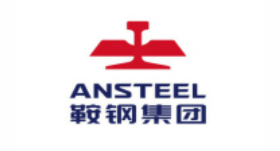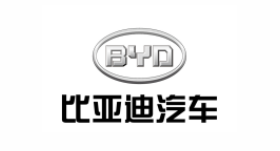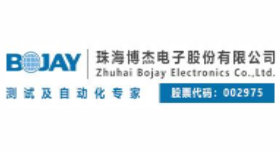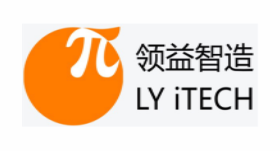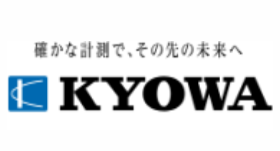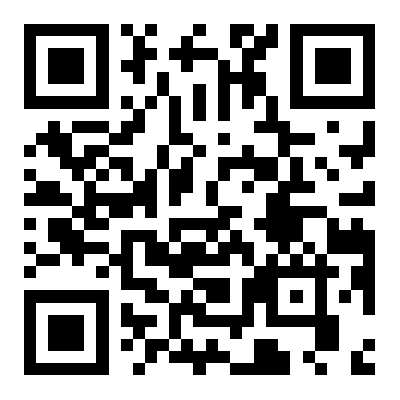Weighing instrument is also called weighing display control instrument, is the weight sensor signal (or then through the weight transmitter) into the weight digital display, and can store weight data, statistics, printing electronic equipment, often used in industrial and agricultural production of automatic batching, weighing, to improve production efficiency.
The performance indicators of weighing instruments used in industrial enterprises are usually characterized by accuracy (also known as precision), variation, and sensitivity. Gauges are usually calibrated for accuracy, variation and sharpness.
Variation refers to the maximum difference between the indicator values of the weighing instrument when the measured variable (which can be understood as the input signal) reaches the same value from the difference deviation for many times. It is probably the degree to which the measured parameter changes from small to large (positive characteristics) and the measured parameter changes from large to small (reverse characteristics) in the stable environment of the external conditions of the instrument, and the difference between the two is the variation of the instrument. Reliability Weighing control instrument Reliability is another stress performance index sought by instrument engineers in chemical enterprises. Reliability and the amount of instrument maintenance is opposite each other, high instrument reliability indicates that the amount of instrument maintenance is small, on the contrary, the reliability of the instrument is poor, the amount of instrument maintenance is large. To deal with chemical enterprises testing and process control instruments, large departments are placed on process pipelines, towers, tanks, and instruments.
Stability of a weighing instrument in a weighing sensor The ability of certain properties of a weighing instrument to be stable over time is called stability (degree) under defined conditions. Instrument stability is a very considerate daily performance index for instrument workers in chemical enterprises. Because the environment in which chemical enterprises use instruments is worse than the pseudo force, the temperature and pressure changes of the measured medium are also larger than the pseudo force, and the instrument is put into use in this environment, the stable ability of some components of the instrument will be low over time, and the stability of the instrument will fall. At present, there is no quantitative value for the stability of instruments, and chemical enterprises usually use the zero drift of instruments to measure the stability of instruments. The stability of weighing instruments is directly related to the use of instruments, and occasionally directly affects chemical production, and the impact caused by poor stability is often greater than the impact of each double instrument precision drop on chemical production. The stability of the instrument is not good, the amount of maintenance is also large, and the instrument worker is the least expected thing.
The acuity of the weighing instrument is also occasionally called the "magnification ratio", which is also the slope of the points on the line of the static characteristics of the instrument. Increasing the magnification ratio can improve the instrument acuity, simply increasing the acuity does not change the basic performance of the instrument, that is, the precision of the weighing instrument does not improve, on the contrary, there will be oscillation signs occasionally, resulting in unstable output. Instrument acuity should be linked to the appropriate amount.



